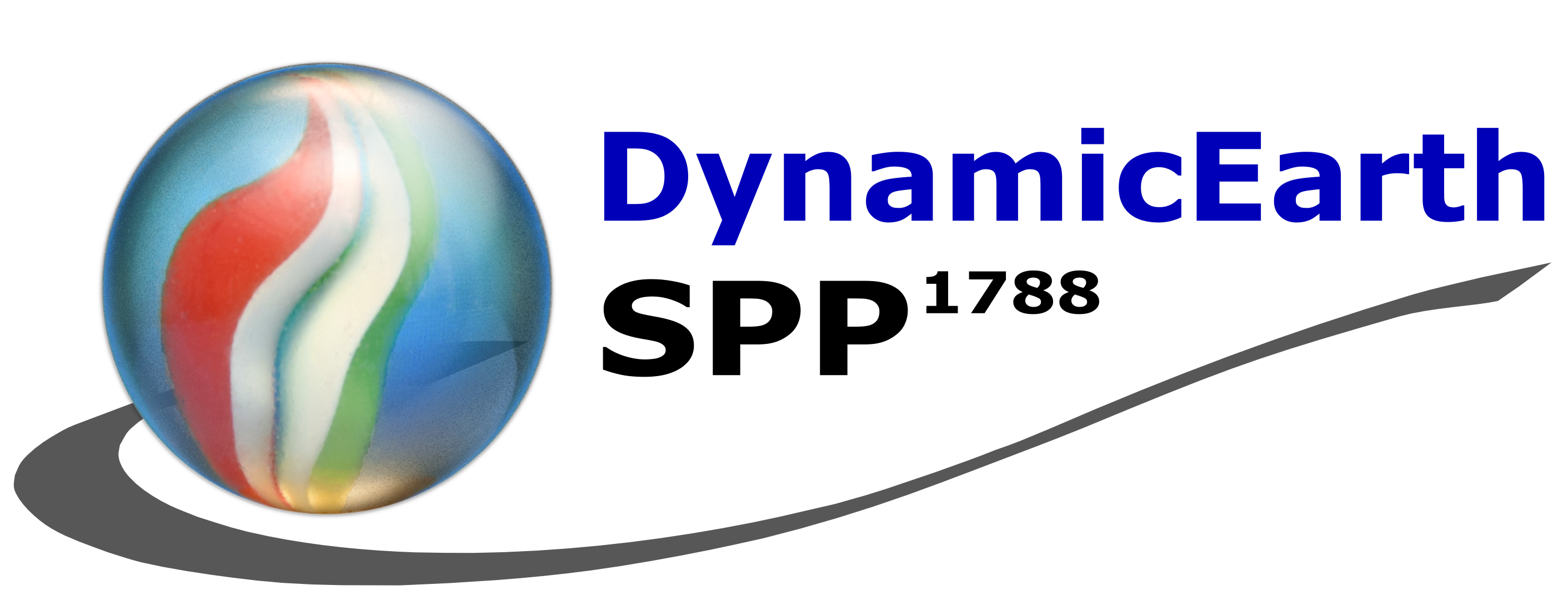The thermosphere/ionosphere (T/I) system is strongly influenced from above (solar, geomagnetic), as well as from below. One of the most important processes from below are waves (e.g. planetary waves, tides, or gravity waves) that are mostly excited in the troposphere/tropopause region. Due to their vertical propagation, these waves are vertically coupling the T/I and the middle atmosphere. In particular, the contribution of gravity waves (GWs) to this coupling is still poorly understood. One of the reasons is the short horizontal scale of GWs (a few ten km to several thousand km) that challenges both observations and models. We will derive GW distributions in the T/I from multiple in situ data sets (e.g., both neutral and electron densities) observed by several satellites/satellite constellations (SWARM, CHAMP, GOCE, GRACE). Characteristic global distributions will be derived, and we will identify the most relevant temporal variations (e.g. annual cycle, solar cycle). These GW distributions will be compared with observations of the satellite instruments HIRDLS and SABER (GW variances, GW momentum fluxes and GW drag) in the stratosphere and mesosphere. Several of the data sets (CHAMP, GRACE, SABER) cover more than ten years. Spatial and temporal correlations between the GW distributions in the T/I at altitudes 250-500km and GW distributions in the middle atmosphere (stratosphere/mesosphere) over the whole altitude range 20-100km will be investigated. Based on these correlations, information shall be obtained, which altitudes and regions in the middle atmosphere contribute most to temporal and spatial variations observed in the T/I. In particular, the unique observations of GW drag from HIRDLS and SABER can provide further evidence whether secondary GWs presumably emitted from regions of strong GW dissipation contribute significantly to the global GW distributions observed in the T/I. Further, from the in-situ observations, we will attempt to derive GW momentum fluxes and GW drag in the T/I region. Such data sets are particularly important for direct comparison with GW distributions that are simulated by general circulation models (GCMs) in the T/I region. These modelled GW distributions are required to properly simulate the drag that GWs exert on the background flow in the T/I. This is still one of the main uncertainties in the modeling of the T/I region as, up to now, validation of these model distributions by observations is still an open issue.
